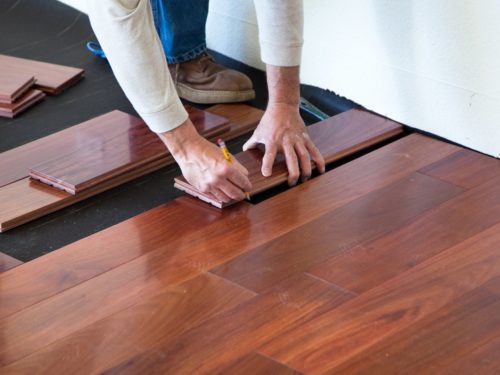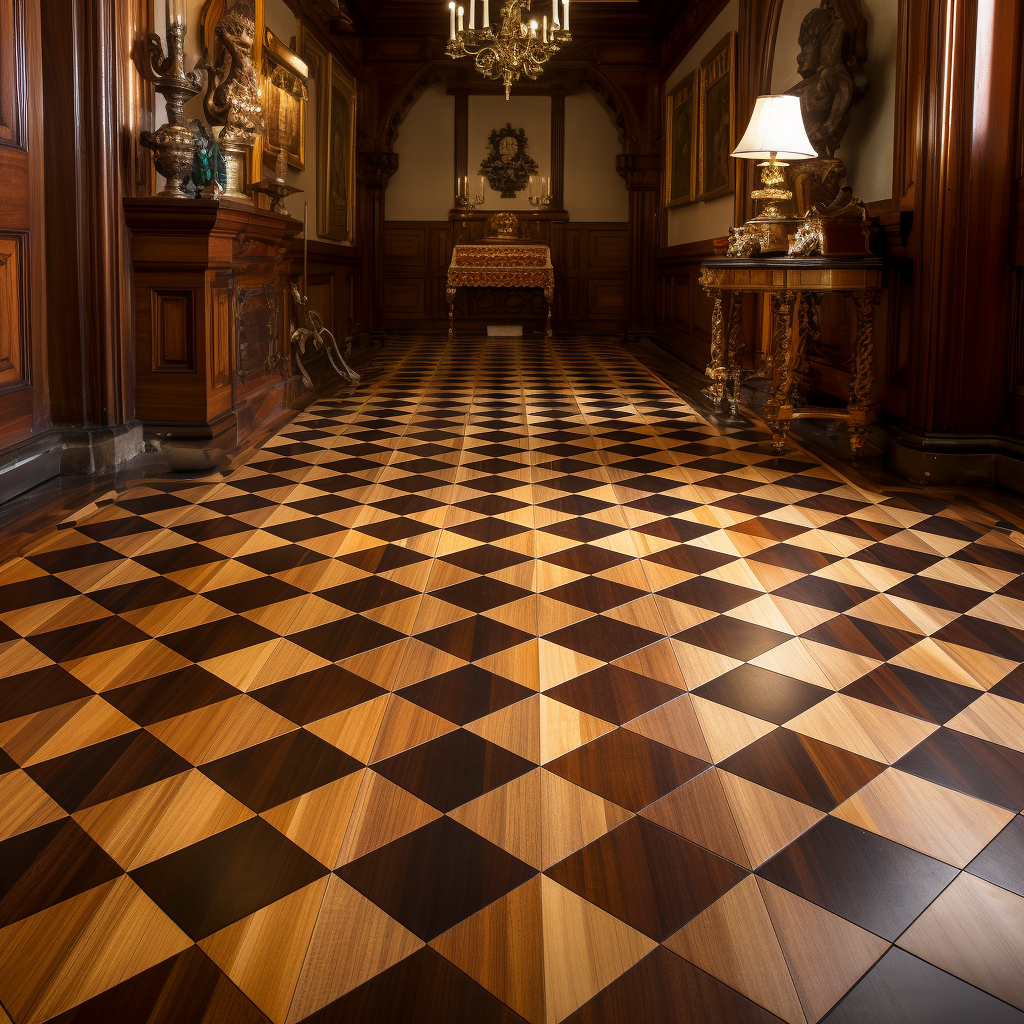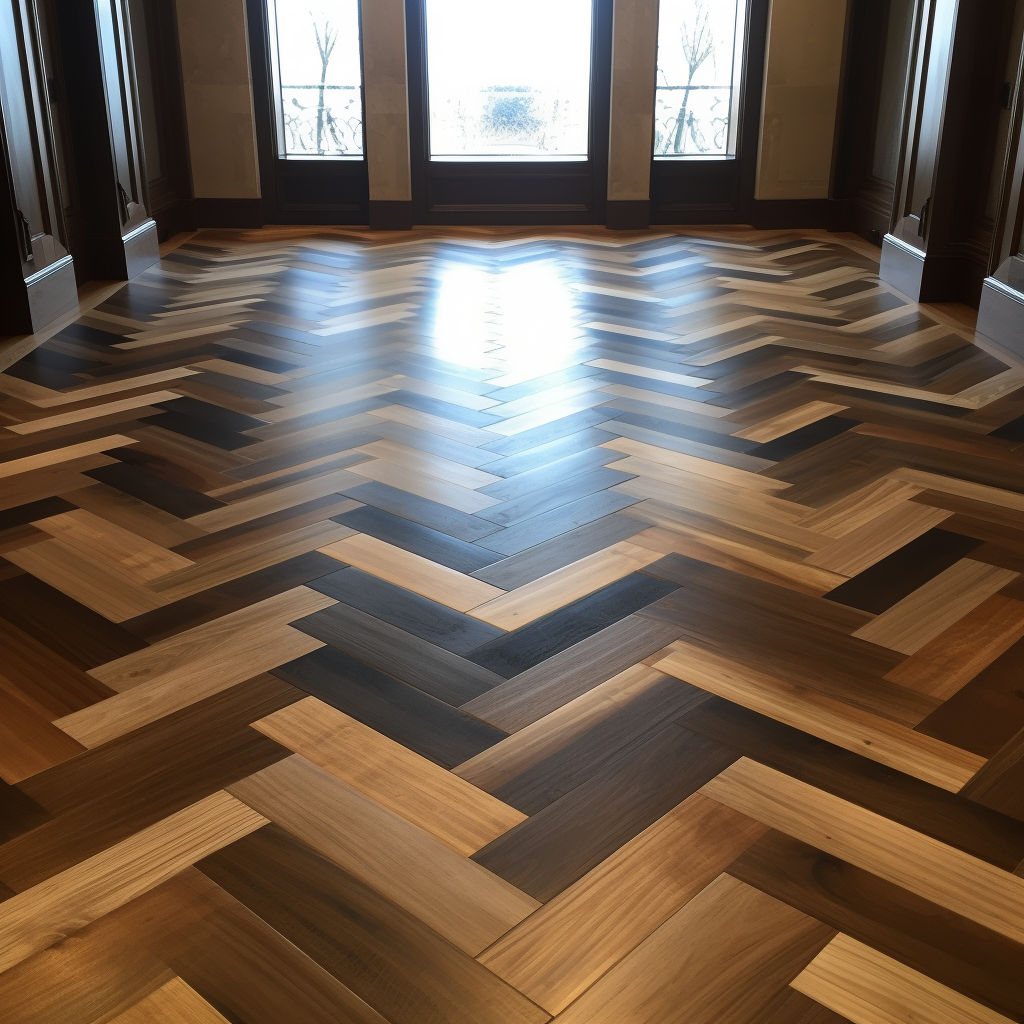
How to combine tile and wood flooring
If you’re planning to install new flooring, you’ve probably already spent hours pouring over inspiration photos, trying to decide on the perfect look for your home.
But what if you can’t decide between two looks? What if you love the warm, natural look of wood floors but also the clean lines of tile?
Or what if you already have tile installed in one area of a space and you plan to install wood in another area? How do you make the two materials flow together?
Fortunately, there’s a way to have the best of both worlds. By combining tile and wood flooring, you can create a look that is uniquely yours. Here are three tips to help you figure out how to combine tile and wood flooring.
Inlays and borders
For a more decorative approach, you can create inlays and borders that mix tile and wood flooring. Inlays are different tiles that are incorporated into the wood flooring’s design, creating intricate patterns or shapes. Borders, on the other hand, are tile strips that surround the wood floor’s perimeter. You can choose various materials, colors, and sizes that will create a unique focal point in your room. Inlays and borders allow you to be more playful and adventurous with your flooring’s design.
Checkerboard pattern

The checkerboard pattern is a classic design that never goes out of style. This pattern alternates tiles and wood boards to create a chessboard-like look. This design is timeless, elegant, and it works well in various settings. You can choose the tile and wood combi that will work with your interior’s color and style. It’s relatively easy to install and maintain, making it a practical yet impressive way to combine tile and wood flooring.
Herringbone pattern

Another pattern that can create an eye-catching flooring design is herringbone. This pattern incorporates tiles and wood planks that are angled to create a distinct V-shape. The herringbone design can impart a sense of movement and texture to your flooring, making it more dynamic and visually appealing. You can opt for various tiles and wood finishes, depending on your preference and budget. A herringbone pattern can work in traditional, modern, or industrial spaces, bringing in a touch of sophistication and refinement.
Hybrid planks
If you want to enjoy the benefits of both tile and wood flooring without having to separate them, you can opt for hybrid planks. These planks combine the durability and water resistance of tiles with the warmth and texture of wood. Hybrid planks are a popular option for high-moisture areas such as kitchens, bathrooms, and laundry rooms, as they can withstand spills and splashes. They are easy to install, can replicate real wood’s look and texture, and require minimal maintenance.
Related Content: How to transition between two different wood floors
Install accent pieces.
Another way to combine tile and wood flooring is to install accent pieces throughout the room. Accent pieces can be either tiles or wood planks that are installed in a design feature or as part of a larger pattern. For example, you could install square tiles in a herringbone pattern around an oval dining table. Or, you could install rectangular wood planks in a basket-weave pattern around a fireplace hearth. Accent pieces can really help to tie together two different types of flooring and give your room an overall cohesive look.
Related Content: Wood floor transition ideas
Threshold transition
If you want to keep both tile and wood flooring’s integrity, you can place a threshold and transition between them. This will separate the two floors and create a clear division between the spaces. You can choose the type that will complement the floorings, such as metal, hardwood, or natural stone. A threshold transition is practical and easy to install, but it can also add some visual interest to your space.
Tile and wood flooring is a popular choice for many homeowners because it gives them the best of both worlds – durability and style. If you’re thinking about combining these two types of flooring in your home, use these tips to get started. With careful planning and execution, you can create truly stunning results that will last for years to come!


